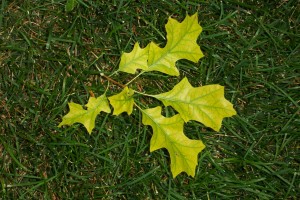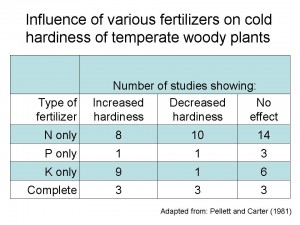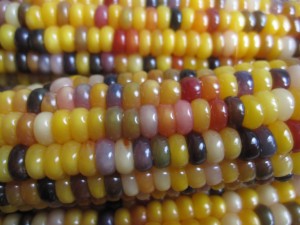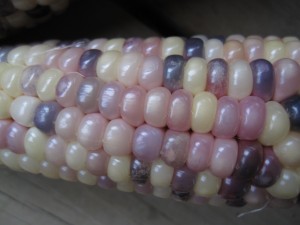After writing about the unusually bad scourge of Japanese Beetles earlier in the month, I thought I’d continue on down the “garden bugs” path. The Japanese Beetles have died down, but now we have oodles of these pretty black and yellow-spotted waspy things around. They’re everywhere, and in large numbers. I planted some buckwheat over our potato garden bed, and it is covered up with them. The point of the buckwheat was as a primo late-season nectar source for our honeybee hives as they prepare for winter. Blooming for the last week or two, I kept checking it expecting to see happy bees, feasting away. Nada. Just the wasps.
Intriguing. A brief googling revealed the wasp to be Scolia dubia, one of the “digger wasps.” They rarely sting, and better yet -their larvae are parasites of Japanese Beetles! All that swooping around over our so-called lawn is apparently the mating dance, then the female digs into the soil to find the grubs. After stinging the grub, she lays an egg…and you see where this is going. Cozy winter grub cocoon for the pupating larvae!
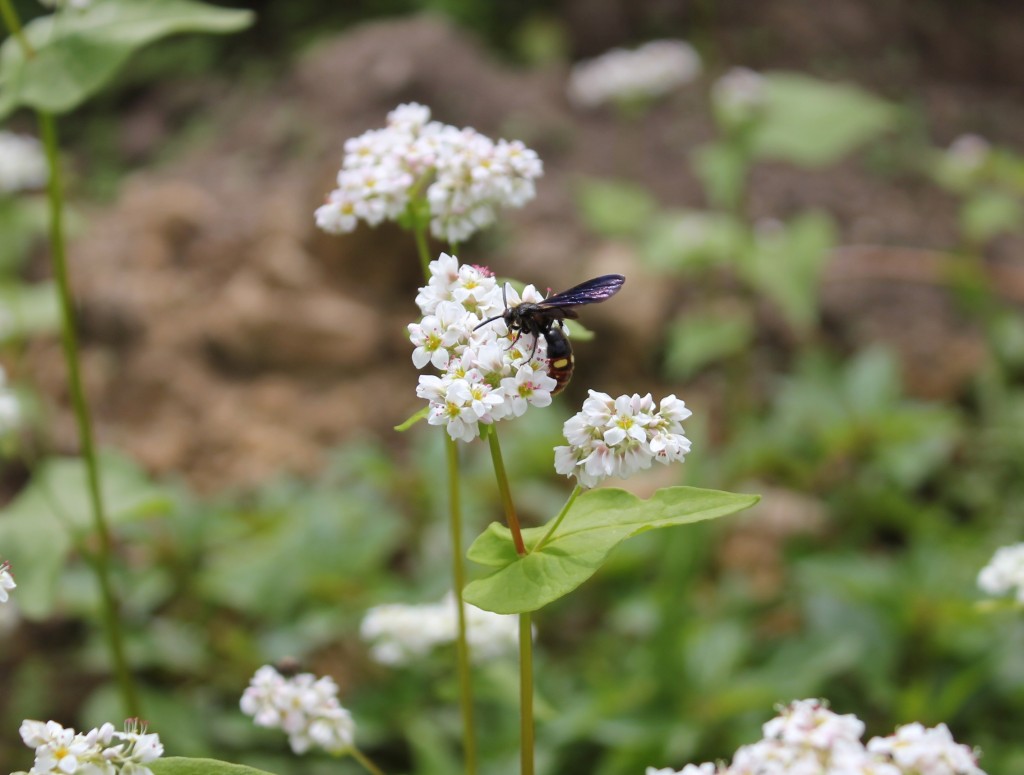
Back to the bed of gourmet buckwheat. I’m thrilled to see all those wasps feeding on the nectar. Eat, dig, and be merry, ladies! But what about the honeybees – seemingly ignoring this glorious patch of buckwheat planted just for them? I don’t need any more picky eaters…aren’t our two dinner-snubbing dogs enough? So I asked Dr. Richard Fell, legendary Apiculture faculty here at Virginia Tech, about this mystery. “Honeybees only work buckwheat in the morning” sayeth Rick. Went out this morning and observed that buckwheat is indeed the breakfast of champions. The entire patch was literally humming with multiple species, including loads of honeybees. I’d only been checking in the evening.
Addendum:
So my post apparently isn’t breaking news. Just came across this as I checked my Scolia spelling. Sounds like they had beetles galore in Maryland as well this summer.
If you’re not familiar with Dr. Michael Raupp, Entomologist and Extension Specialist at University of Maryland, he’s awesome, and his “Bug of the Week” blog is a must. His September 1 post reviews the digger wasp/japanese beetle relationship as well, with more factoids and a lovely video featuring writhing grubs. http://bugoftheweek.com/blog/2014/9/1/white-grubs-beware-the-blue-winged-digger-wasp-iscolia-dubiai-has-arrived

